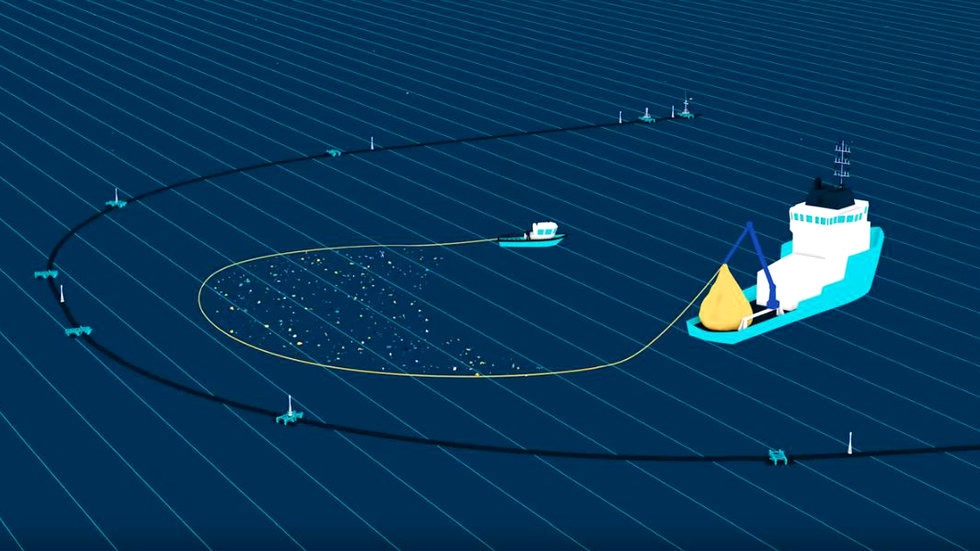Circling in the Pacific Ocean is a loose swath of rubbish measuring a million square miles—about three times the size of France. This is just one of five major litter spots plaguing the world’s oceans and marine life.
For years, the Ocean Cleanup Foundation has been planning a first-of-its-kind project to remove massive amounts of trash, mostly plastic, from the Pacific Ocean. On September 8, the Foundation plans to launch a large-scale beta test, dubbed System 001, of its bold program, $24.6 million The solution: Create a massive floating barrier to surround and remove plastic from the ocean and convert it into commodities.
The upcoming launch is slated to be the first of nearly 60 such systems.
Ocean cleaning Claims A “full deployment” of these systems could clean up half of the Great Pacific Garbage Patch over five years, and could reduce the patch by 90 percent by 2040.
The foundation explains how its pilot system works in a video.
Some have expressed doubts about the project. One of the biggest critics was David Shiffman, a shark conservation biologist and blog writer Southern Fried Science.
In a blog post titled I asked 15 experts on ocean plastic pollution about an ocean cleanup project, and they have concernsSchiffman outlines some of the project’s potential risks: destruction of marine life, prohibitive costs and inefficient technology.
Ocean Cleanup responded with a blog post of its own titled Private studywhich Shiffman disputes and maintains that it was designed to elicit negative responses from hand-selected experts.
Regarding the destruction of marine life, founder and CEO of Ocean Cleanup Boyan Slat wrote in the post:
“Our ocean cleaning systems are designed to be inherently safe for marine life, because the systems move through the water very slowly, powered by wind and waves. They don’t use nets but they do use impermeable screens (which makes entanglement impossible) and only plastic is extracted from the water in a periodic manner.” Reduces risks to marine life, and is mitigated by having trained personnel to check before removing plastic from the water.”
Salt said the only way to know if his system is effective is to test it on a large scale.
“We are confident that we have eliminated risks as much as possible, but not everything can be calculated, simulated or tested on a large scale (4). The only way to be sure is to try it out on a large scale. Our first system should be considered an experimental system, allowing us to eliminate remaining uncertainties before scaling up.”
Assuming there are no relapses, this test will begin on September 8th.
